What are The Reasons for the Gender Pay Gap and How to Fix it?
%20(33).avif)
Women globally earn about 77 cents for every dollar men make.
In the US, it's 83 cents. The UK has a 9% gap, while South Korea leads with a 31% gap. These aren't just numbers on a diversity report.
They represent lost talent, weakened trust, and missed revenue. When your best people realize they're underpaid compared to colleagues doing the same work, they leave. When women see no path to senior roles, they stop trying.
Here's what matters: the unadjusted gap measures overall earnings differences (the opportunity gap), while the controlled gap compares salaries for the same role (equal pay for equal work). Most companies address the control gap and consider it resolved. That's solving half the problem while the real issue — who gets to hold the high-paying jobs — remains untouched.
Lessons on Gender Pay Gap from Leading Enterprises
Some companies learned the hard way. Others addressed the problem before it became a lawsuit.

Google settled a $118 million class-action lawsuit in 2022 after 15,500 women proved they were systematically paid less and assigned to lower career tracks. The company now conducts regular audits with independent oversight. The lesson wasn't just about the money. It was about what happens when you assume your systems are fair without actually checking.
Goldman Sachs
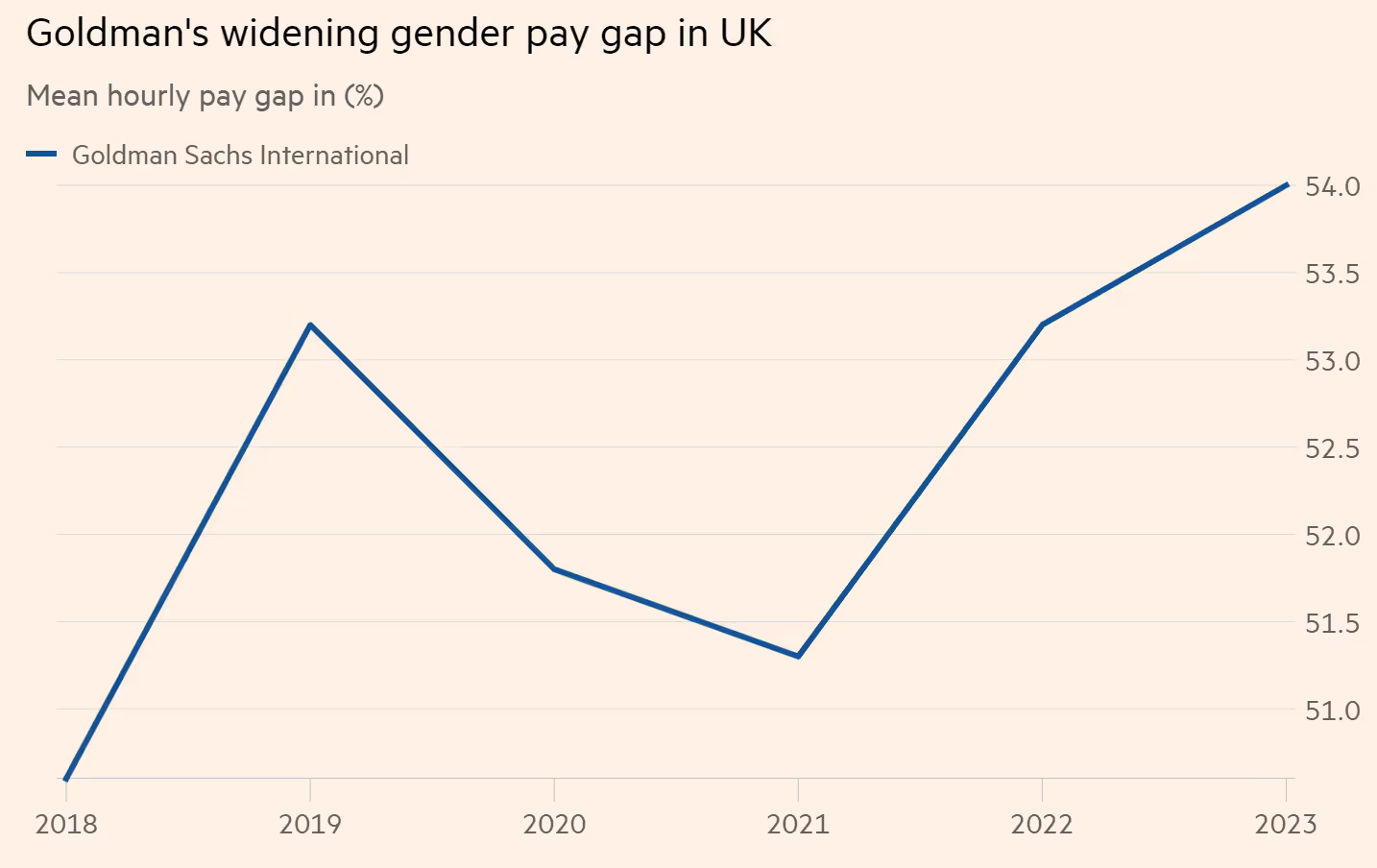
Goldman Sachs reported a 54% pay gap in its UK unit in 2023. Women earned 46 pence for every pound men made. This wasn't about paying women half as much for the same job. It was about men holding nearly all the senior, high-paying positions. Women made up 65% of the lowest-paid roles and just 24% of the top quartile. The gap exists because the ladder is broken.
The BBC

The BBC faced public outrage in 2017 when it published the salaries of its top presenters and revealed that two-thirds of its highest earners were men. Women doing similar work discovered that they earned only a fraction of what their male colleagues earned. Over 700 women received back pay or raises. Transparency didn't just expose the problem; it also revealed the solution. It forced the organization to make the necessary adjustments.
Salesforce
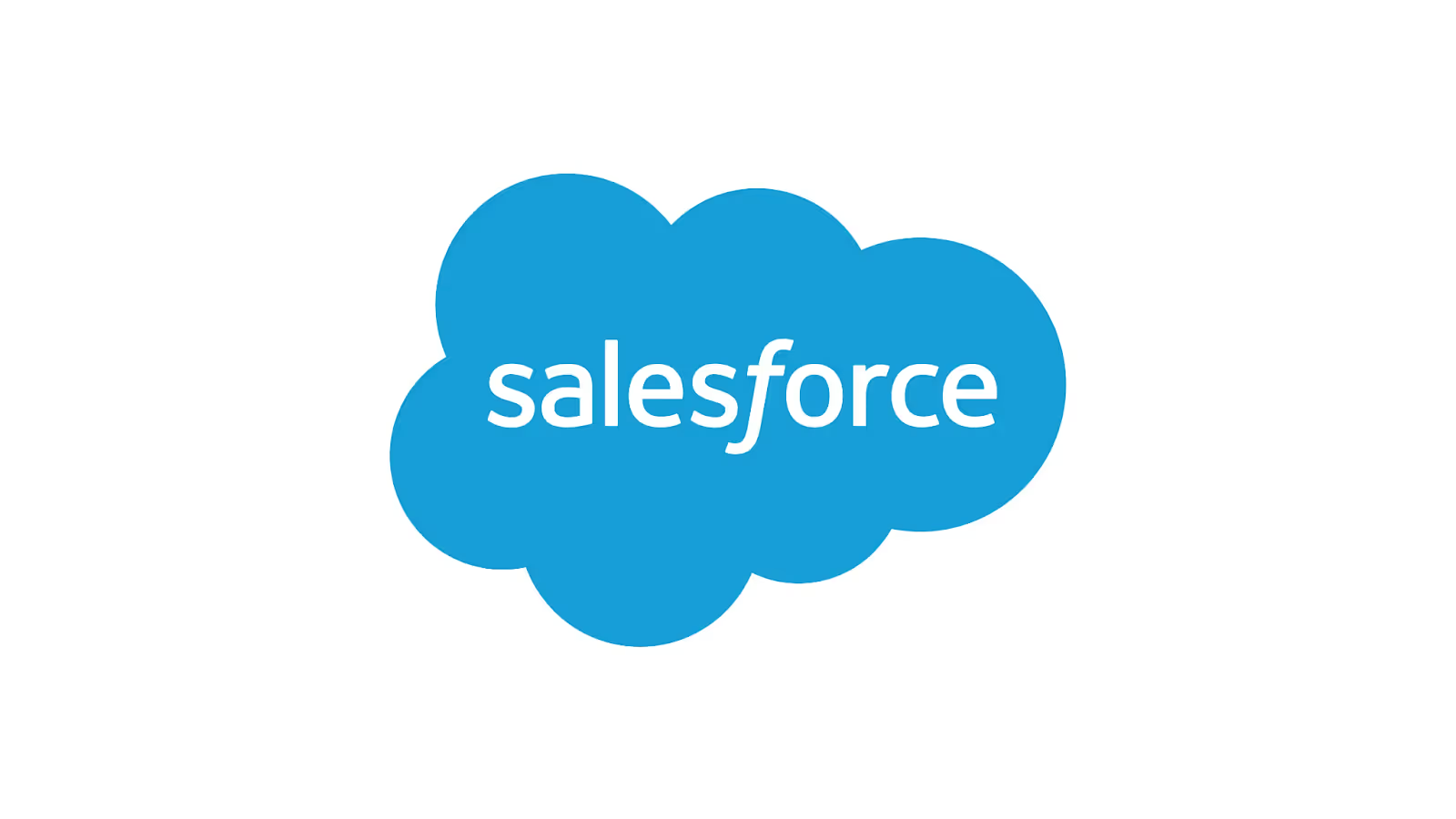
Salesforce took a different approach. In 2015, the CEO ordered a company-wide pay audit, which revealed $3 million in unexplained discrepancies. Instead of waiting for complaints or lawsuits, Salesforce made it routine. They've spent over $16 million adjusting salaries annually since then and now report near-complete parity for employees in similar roles.
Starbucks
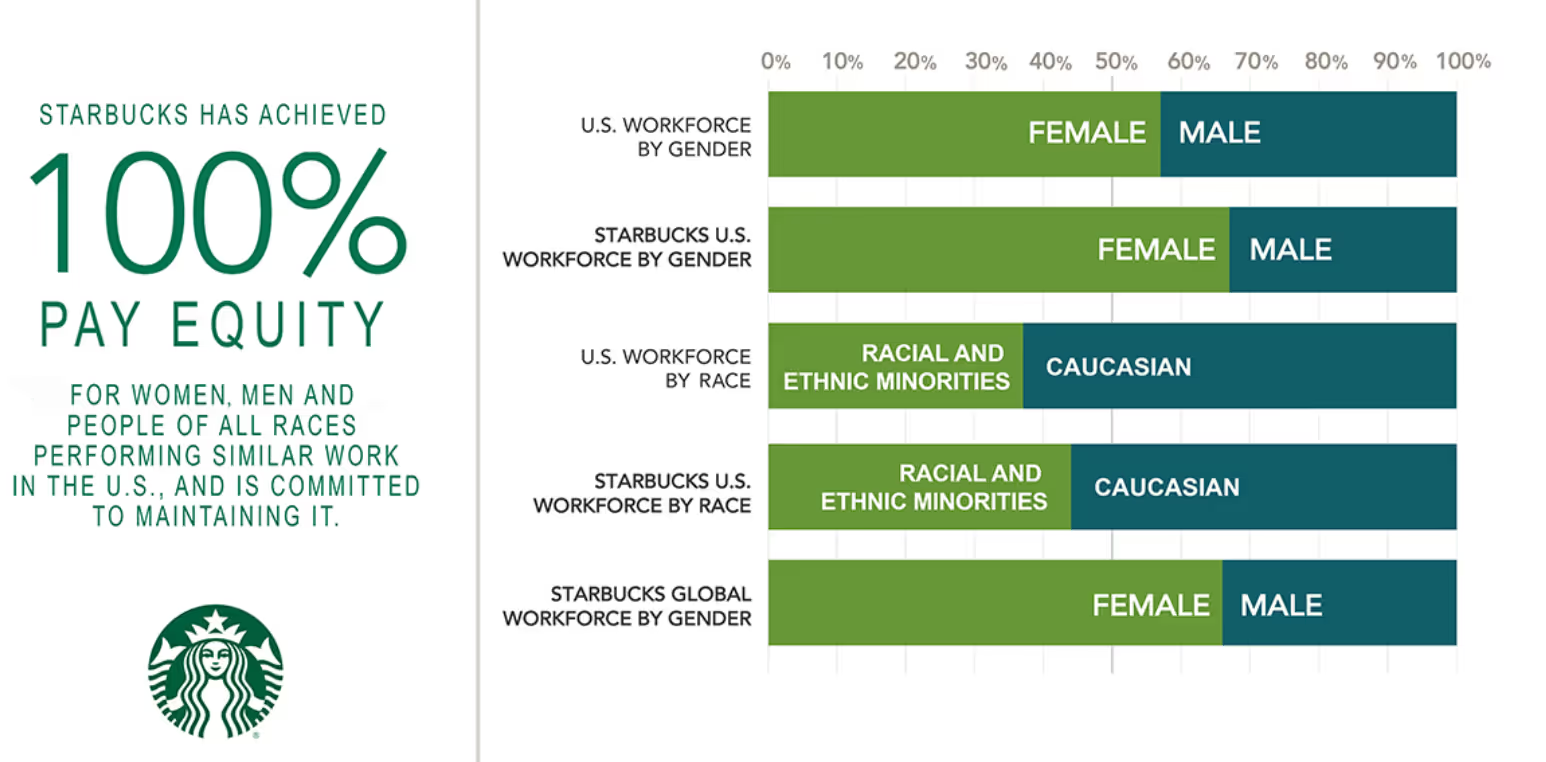
Starbucks went even further. By 2018, they'd reached 100% pay equity in the US by standardizing compensation and banning salary negotiation for new hires. The company recognized that negotiation often favored men and perpetuated gender gaps from the outset. By 2024, they'd extended this globally.
The pattern is clear. Companies that got burned by scandals eventually implemented the same practices that proactive companies used from the start:
- Pay transparency
- Regular pay equity audits
- Leadership that actually acts on the data
The difference is just how much it costs to learn that lesson.
The Structural Drivers Leaders Can't Ignore
When companies say "we just hire the best candidate" or "women choose different career paths," they're missing how these patterns get created in the first place.
The leadership gap is severe
- Only about 10% of Fortune 500 CEOs are women
- At Goldman Sachs, women held 65% of the lowest-paid jobs but just 24% of top roles
- Women aren't failing to reach senior positions because they're unqualified — they're being passed over or leaving because they see no path forwar
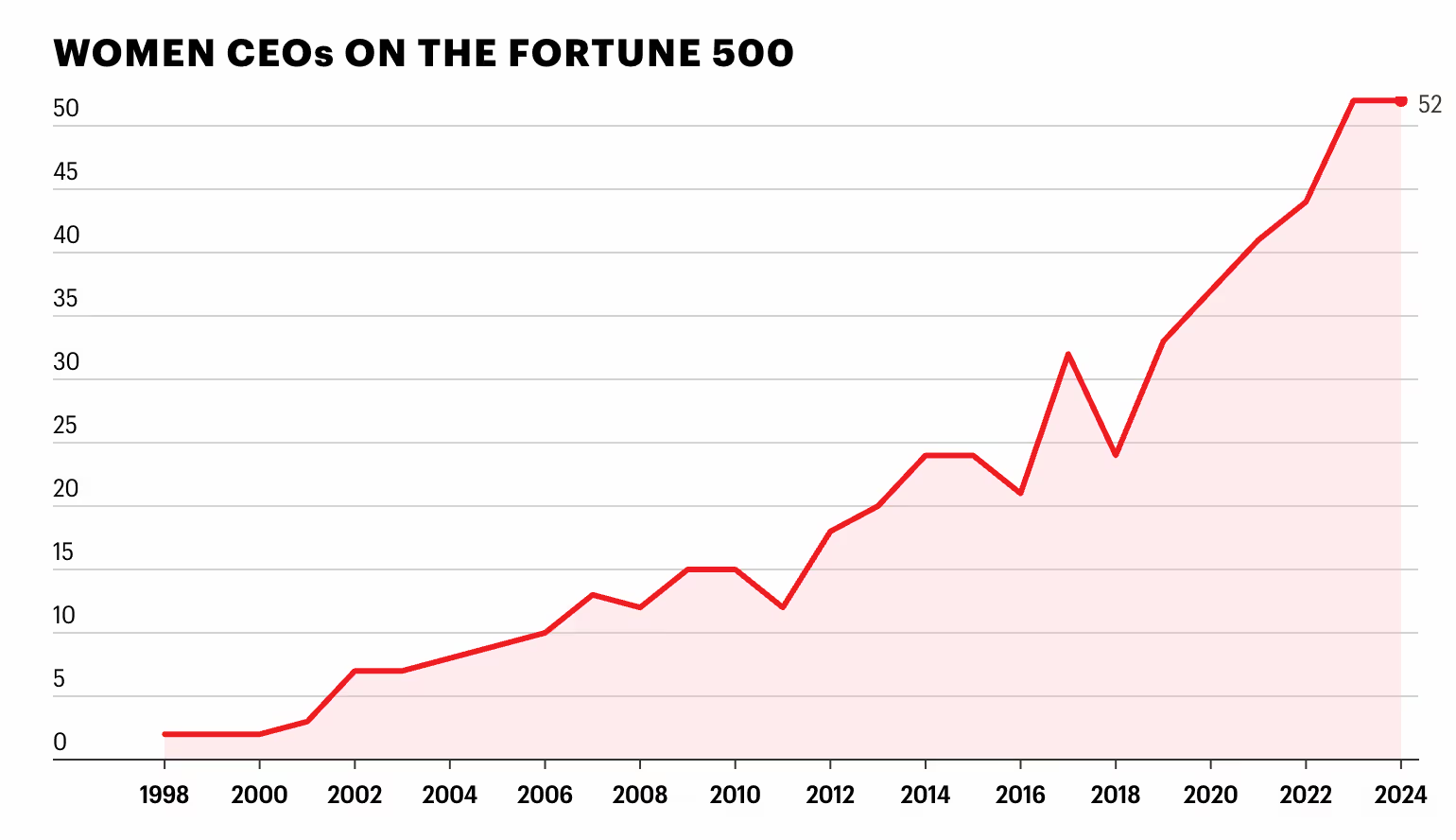
The motherhood penalty vs the fatherhood bonus
Women's earnings drop after having children, while men's earnings increase. Employers often assume that new mothers are less committed and that new fathers require higher pay. Women who take parental leave usually return to stagnant salaries and slower career progression.
Negotiation creates disparities from day one
Men negotiate starting salaries more frequently and are often praised for being assertive. Women who negotiate the same way get labeled as aggressive or difficult. Starbucks banned salary negotiation entirely and saw its gap shrink immediately.
Unpaid work shapes everything
Women globally do 76% of unpaid care work. This limits their ability to work long hours, travel, or pursue demanding roles. Men aren't less capable caregivers — they're just not expected to sacrifice their careers for it.
These aren't individual choices. They're systemic forces that compound over a career.
- A woman starts at a slightly lower salary because she didn't negotiate.
- She takes time off for a child and gets passed over for promotion.
- She works flexibly to manage caregiving and gets labeled as less committed.
By her forties, she's earning significantly less than a man who started at the same level.
The Human and Economic Costs
The gender pay gap isn't abstract. It manifests in real ways that harm individuals, companies, and entire economies.
For individuals
Women lose an average of $10,000+ annually compared to their male peers. Over a 40-year career, this compounds into hundreds of thousands of dollars in lost earnings. It means less in savings, smaller retirement accounts, and financial insecurity that extends into old age.
For Black women and Latinas in the US, who earn 64 cents and 51 cents, respectively, for every dollar white men make, the lifetime loss is even more severe.
For organizations
Unfair pay drives turnover. When employees discover they're underpaid compared to colleagues doing the same work, they leave. They also disengage long before that, which shows up in lower productivity and weaker performance.
Then there are lawsuits. Google's $118 million settlement wasn't just a PR disaster. It was expensive, time-consuming, and required ongoing independent oversight. Companies that let pay gaps fester end up paying far more in legal fees and settlements than they would have spent if they had proactively addressed the problem.
For economies
McKinsey estimates that closing the gender pay gap could add $7 trillion to global GDP. When half the workforce is systematically underpaid and underutilized, that's not just unfair. It's economically inefficient. Countries and companies that figure this out faster will have a competitive advantage.
Pay equity is no longer just a compliance checkbox. It's a lever for growth, retention, and strengthening the employer brand. Companies that are known for offering fair pay attract better talent. They keep that talent longer. They avoid the costs of constant rehiring and the reputational damage of scandals. The business case is clear: fixing the pay gap isn't just the right thing to do. It's the smart thing to do.
What Works: A Practical Playbook for Rewards Leaders
The companies that have closed their pay gaps didn't get there by accident. They followed specific, repeatable steps that any organization can implement.
Run regular pay equity audits
This is the foundation. Salesforce conducts annual audits and has spent over $16 million adjusting salaries since 2015. The process is straightforward:
- Analyze compensation data by gender (and race)
- Control for legitimate factors like tenure and performance
- Flag any unexplained differences. Then fix them immediately
The keyword is "regular." A one-time audit isn't enough. As companies grow, acquire talent, and promote employees, new gaps can emerge. Annual audits catch problems before they compound into lawsuits or mass exits.
💡Download our Pay Equity Audit Guide for more clarity!
Embrace pay transparency
Secrecy protects pay gaps. Transparency exposes them. The UK has required large employers to report gender pay gaps publicly since 2017.
The EU's new Pay Transparency Directive goes further, forcing companies with over 100 employees to disclose gaps and take action if they exceed 5%.
Several US states now require salary ranges in job postings.
Some companies have gone beyond legal requirements:
- Reddit banned salary negotiation for new hires to eliminate the advantage men typically have
- Buffer published every employee's salary in a public spreadsheet
- The BBC was forced to publish top wages in 2017, leading to over 700 women receiving back pay or raises
Even small steps work. Sharing internal pay bands by level or publishing aggregate data on your gender pay gap creates accountability.
💡Learn Pay Transparency Laws across Countries and States
Leverage technology for continuous monitoring
Doing pay equity analysis manually in spreadsheets doesn't scale.
Platforms like Compport integrate with HR systems and continuously track pay disparities by gender and race. They flag disparities in real time and suggest adjustments.
Compport takes this further by helping you build the foundation for equitable pay from the start.
Instead of reviewing multiple spreadsheets to collect internal and external data, defining ranges based on your company's philosophy, and doing detailed budget analysis manually, Compport centralizes everything.
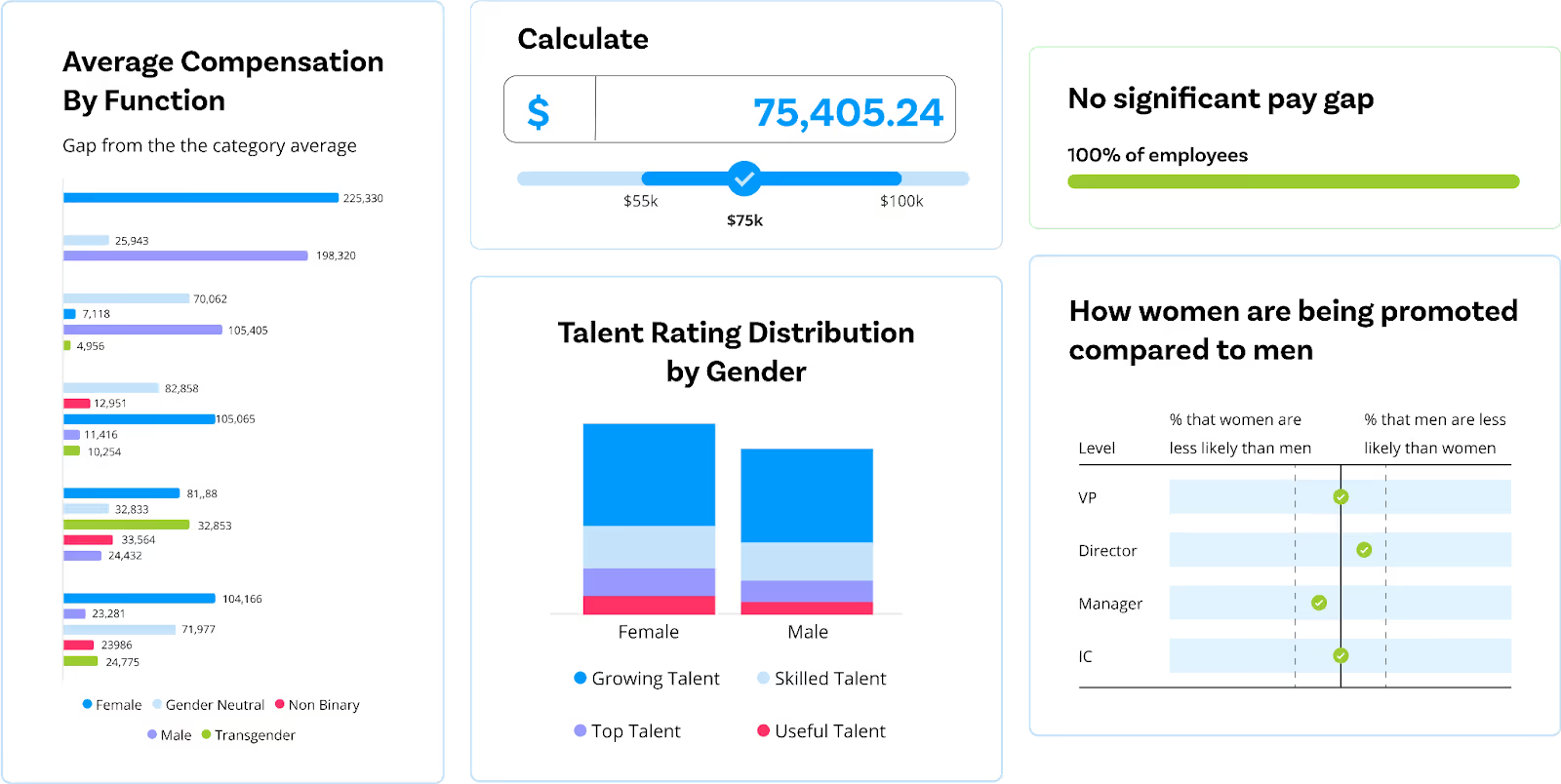
- You can customize pay bands based on country, function, business unit, level, and grade
- You get instant access to internal and external benchmarking data, with automatic anomaly detection and data aging to keep bands competitive
For roles without external benchmarking data, Compport's custom job feature lets you create new roles by blending skills from existing positions.
The platform also tracks metrics that matter:
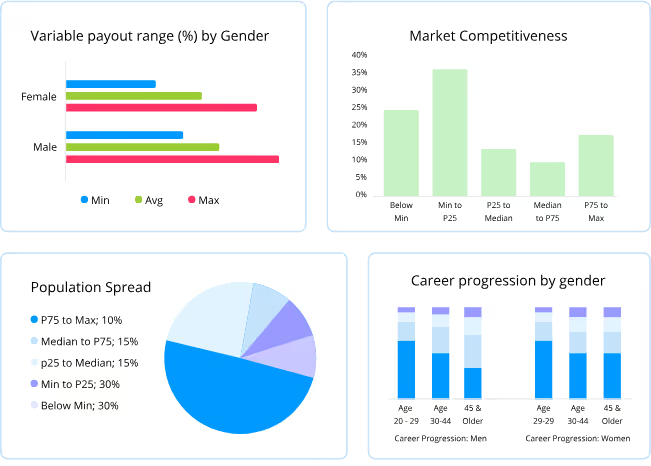
- What is the pay equity gap?
- How has the compa ratio changed?
- Are pay recommendations biased? Are you over budget?
Build customized dashboards to monitor progress in real time
Tackle the opportunity gap
Paying women equally in the same roles is essential, but it doesn't fix the bigger problem: women aren't holding enough of the high-paying roles. Companies that set representation targets see results:
- Goldman Sachs is committed to making 40% of its vice presidents women by 2025
- Salesforce aims for 40% women globally by 2026
- Many tie executive bonuses to hitting diversity goals
Beyond targets, you need programs that actually move women up:
- Mentorship and sponsorship initiatives (Salesforce's "Warmline" program helped women achieve 33% higher sales quotas)
- Return-to-work programs for women restarting careers after caregiving breaks
- Flexible work policies that don't penalize people for needing work-life balance
Embed fair pay practices
Some structural changes prevent gaps from opening in the first place:
- Standardize pay bands so managers can't set arbitrary salaries
- Ban questions about salary history in hiring
- Use structured interview processes where all candidates answer the same questions
- Tie executive compensation to diversity and equity metrics
Starbucks standardized its pay practices and banned negotiation, reaching 100% pay equity in the US by 2018. Intel implemented structured pay levels to eliminate individual manager bias.
The pattern across successful companies is clear: transparency, regular measurement, immediate action when gaps appear, and programs that promote women's advancement into leadership.
Companies that do all of these things close their gaps. Companies that cherry-pick one or two interventions see limited progress.
Tools like Compport make this systematic approach achievable at scale, giving rewards leaders the infrastructure to design equitable compensation from the ground up and maintain it as the organization grows.
Why Employees won't Stay Silent
The conversation about pay equity used to happen behind closed doors, if it happened at all. Now it's happening in public, and employees aren't asking for permission.
On Reddit, women share stories that sound remarkably similar across various industries.
One grocery store worker discovered that her male coworker, hired on the same day with the same role, received a 50-cent raise at their six-month review, while she received a 25-cent raise.
Another woman in tech described 20 years of watching men she had started with get promoted to director and senior staff roles. At the same time, she kept getting passed over despite having similar qualifications. "I used to be more angry about it," she wrote. "Now I just feel tired and burnt out."

These aren't isolated complaints. They're patterns that keep showing up because the underlying systems haven't changed. When one person shares their story, dozens more comment with variations of "this happened to me too."
The #TalkPay movement and anonymous salary spreadsheets have made pay data accessible in ways that terrify some employers. Employees at tech companies, media organizations, and even traditional corporations are pooling their compensation information to identify disparities.
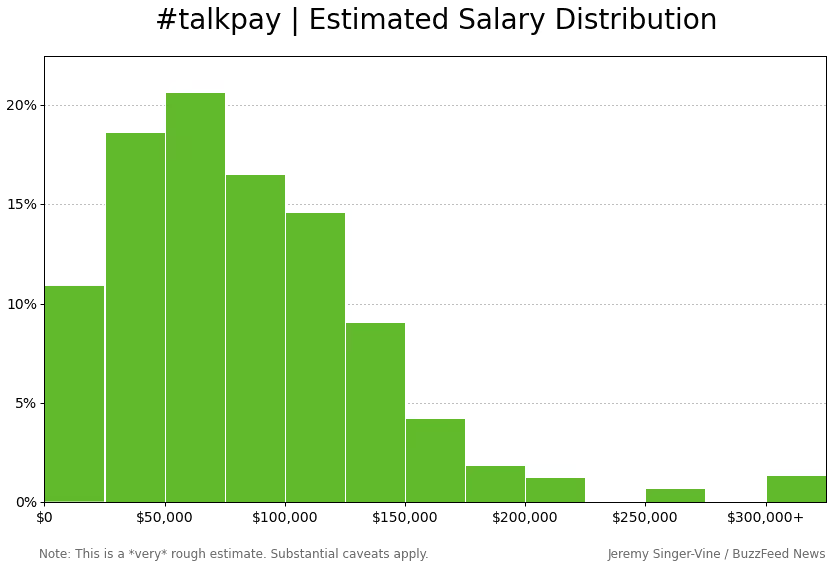
When someone realizes they're making $15,000 less than a colleague doing the same job, they don't quietly accept it anymore. They ask for raises, file complaints, or leave.
Pay transparency is no longer optional. The conversation is happening whether employers like it or not. The question for leadership is whether you want to control that narrative by addressing pay equity proactively, or whether you want to react to it after your employees have already compared notes and decided you're part of the problem.
Final Thoughts
The gender pay gap is multifaceted, but not unsolvable. Case studies from Salesforce, Starbucks, and other companies demonstrate that audits, transparency, technology, and cultural change are effective. The companies that moved early avoided scandals and built stronger employer brands—those who waited paid millions in settlements and lost talent.
Momentum from policymakers, employees, and investors means the window for voluntary change is closing. Legal requirements are expanding. Employees are sharing salary data openly. Investors are demanding accountability.
With Compport, rewards leaders can run real-time pay equity audits, design transparent pay structures, and continuously monitor gaps—moving from reactive compliance to proactive strategy. To turn pay equity from a risk into a competitive advantage, book a demo today.

FAQs
What is the gender pay gap?
The gender pay gap is the difference in average earnings between women and men. The unadjusted gap compares all women's pay to all men's pay (showing who holds high-paying jobs). The controlled gap compares pay for the same work (revealing direct discrimination).
How to understand your gender pay gap?
Run a pay equity audit. Analyze compensation data by gender, controlling for factors like job level, tenure, and location. Flag unexplained differences. Track both the controlled gap (same-role pay) and the uncontrolled gap (representation across all levels and roles).
How to close gender pay gap?
Conduct regular audits and fix disparities immediately. Embrace pay transparency through the use of salary ranges and public reporting. Use technology for continuous monitoring. Advance women into leadership through mentorship and structured promotion processes. Standardize pay bands to prevent bias from creeping in.


%20(48).png)
%20(47).avif)
%20(46).avif)
